Julia Sokolnicka’s exhibition in Sopot, PL curated by Wera Morawiec
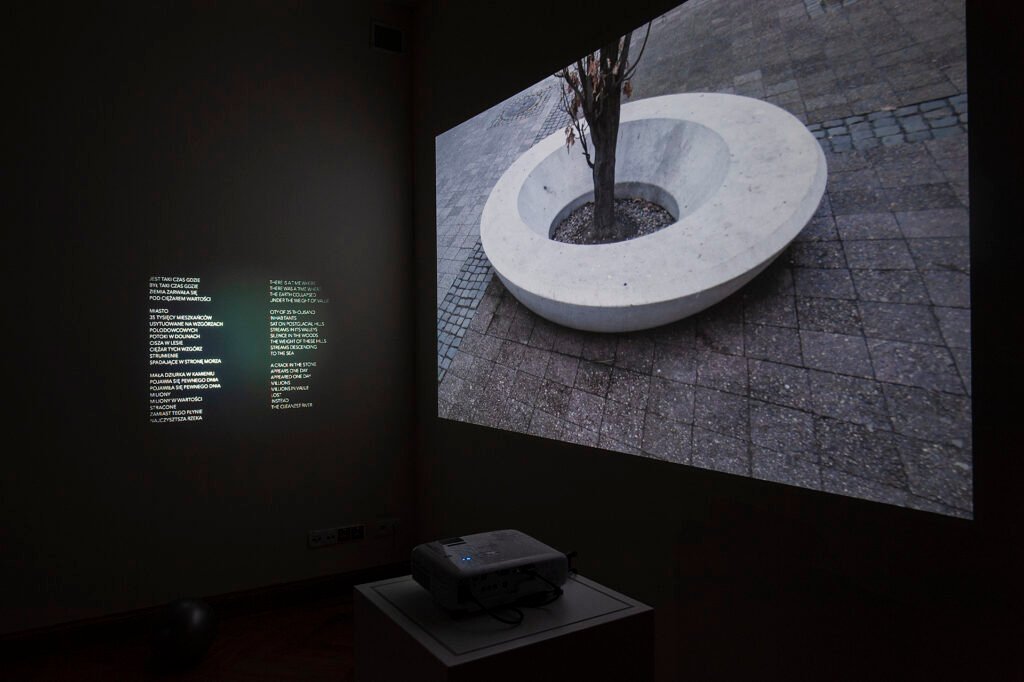
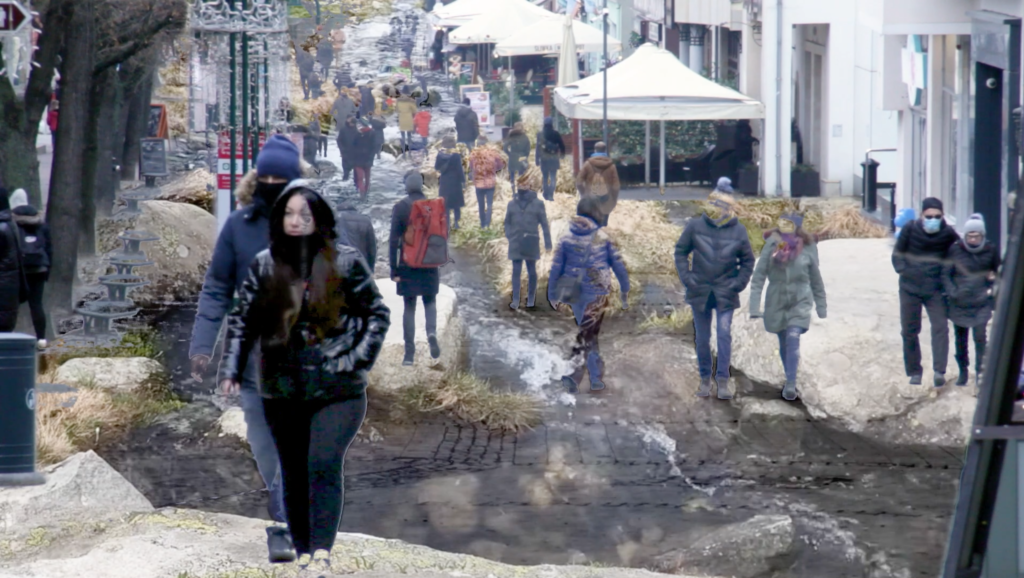
The artist, after one and a half years of work in the frame of Sopot Research Field, will show works that were created in Sopot and about Sopot. She invites everyone to dive into video images, sounds and words about rhythm, movements and imagination; narrating new possibilities of understanding the coexistence in the city.

pic. B. Kociumbas / Goyki 3 Art Inkubator
Sokolnicka’s research in Sopot is a part of Weronika Morawiec’s curatorial project Inne
Rytmy (Other Rhythms), which also includes artistic collaborations with performer and
writer Yuki Nishimura (JAP/DE) and design researcher Wael el Allouche (TN/NL).
Other Rhythms is a series of art events organised around grassroots social movements,
physical and imagined space and the rhythm of everyday revolutions.
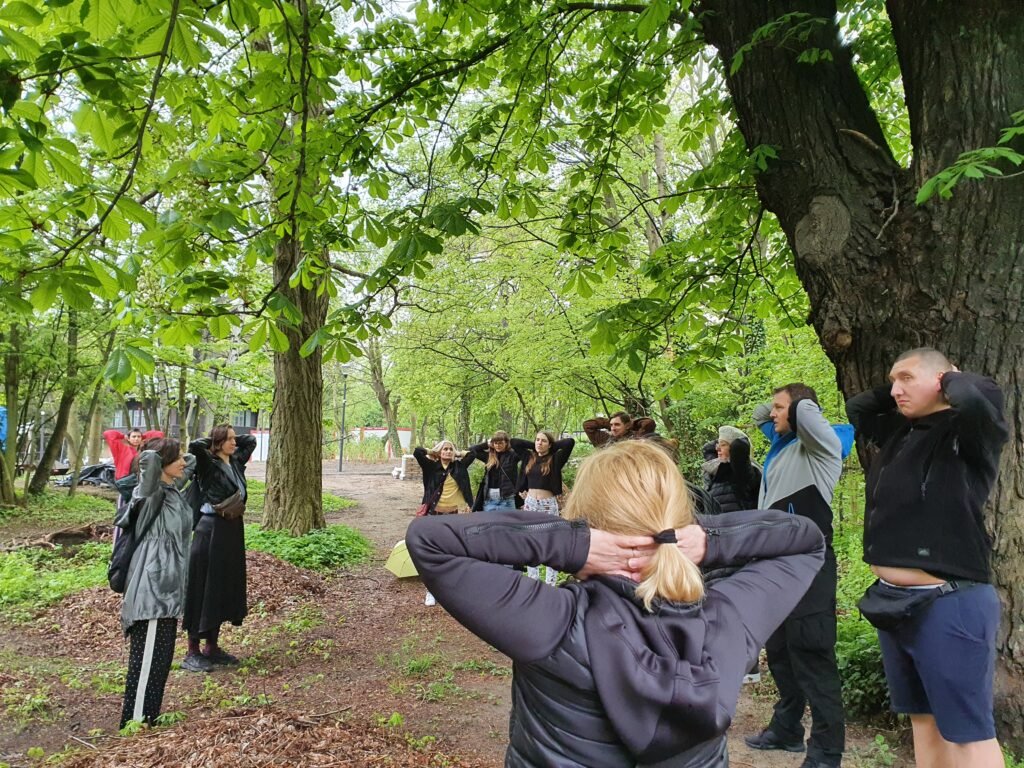
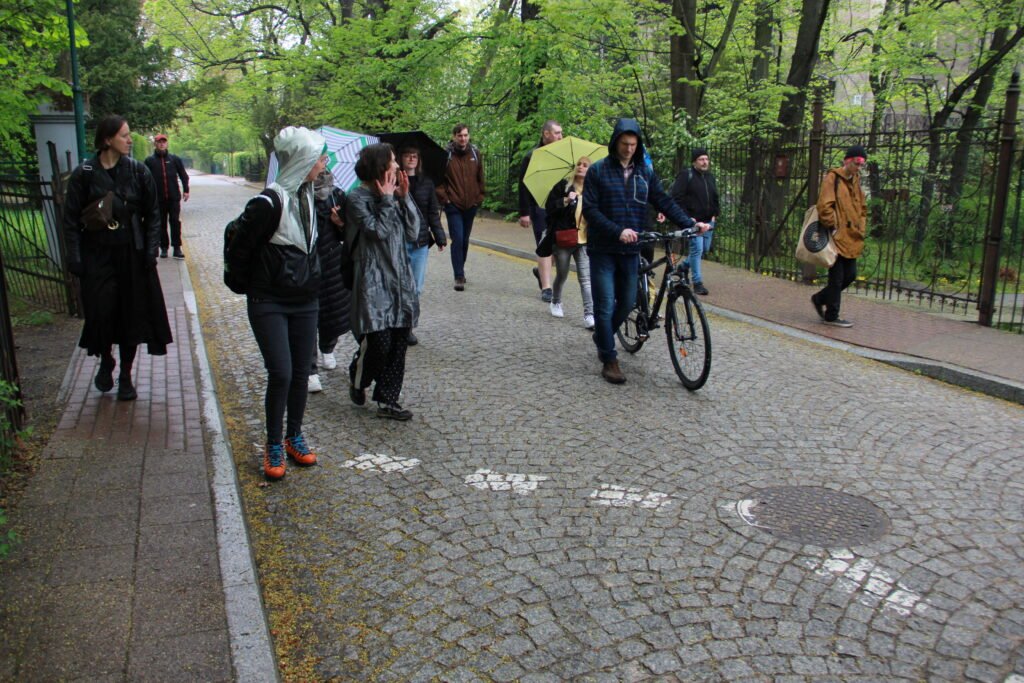
Since February 2020, Inne Rytmy has presented artworks and public discussions in the Goyki 3 and Sopot Centrum spaces, a month-long artist residency in Sopot and a workshop ‘Guest – Host Relationship. Strategies of hospitality” co-led by Julia Sokolnicka and Tatiana Dziewanowska.
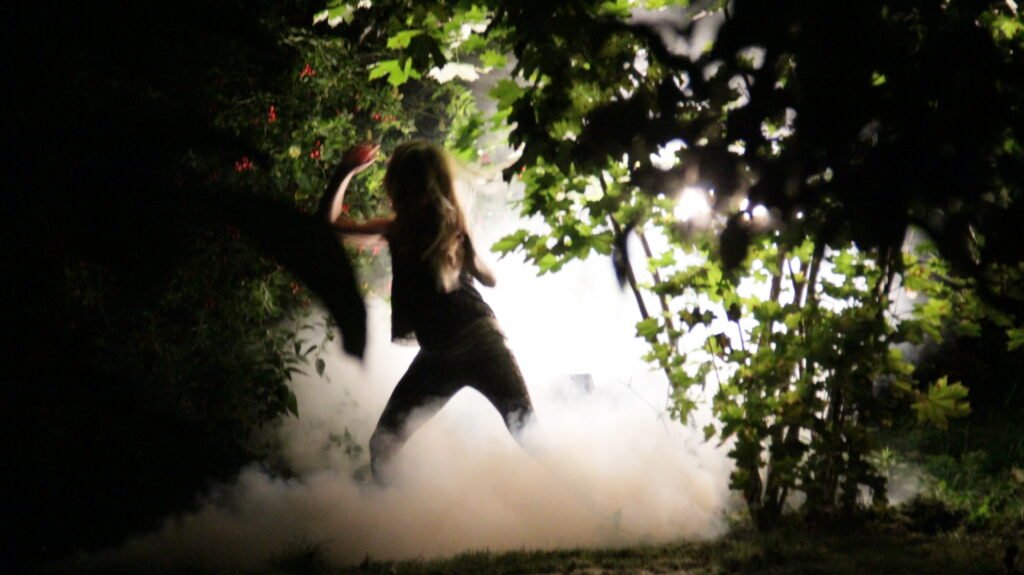
Accompanying the September exhibition “Other Rhythms: Sopot” will be the “Rusałki” performance by Anna Steller.
(click here for more)
Julia Sokolnicka:
Born in Warsaw in 1983. She is a documentary and experimental film director and a coordinator of interdisciplinary research projects. She studied Philosophy at the University of Warsaw and film directing at WRITV in Katowice. She was also associated with the Wajda School in Warsaw. For many years she worked as a journalist and costume designer. Since 2014 she has lived in Amsterdam, where she started a trans- disciplinary art practice.
Since 2016, Sokolnicka has been creating video works, audiovisual installations and interventions as well as workshops under the common banner of the project Social Choreographies, in which she deals with confrontations in public space and gestural language in the context of multicultural societies. She has shown works from this series in Berlin (Forecast Forum at HKW 2017), Kassel (Galerie Feiertag 2017) In Tunis (Interference Festival 2018), Hildesheim (Transeuropa Festival 2018) and several times in Amsterdam, among others.
Project produced by Goyki 3 Art Inkubator
Co-funded by Stimulerings Fonds, EU-Japan Fest Japan Committee, City of Sopot, noks collective.
Curatorial text by Wera Morawiec (that you can read in Polish here)
1
The exhibition Inne Rytmy (Other Rhythms): Sopot practically doesn’t need a curatorial setting. After all, we are all tourists sometimes, we are all residents of the city. The problems of clashing needs, times (someone is working, someone is on holiday), different sensitivity (someone wants Art Nouveau, someone wants a fresh bread roll) have been arranged for years in a strange dance of avoiding-abrasion- littering-sighing-behaviour. Monciak becomes, on the one hand, a stage set ready for artistic and sociological analysis, and on the other, an entity in itself, which enforces certain behaviours on its guests and hosts. It is a living narrative – like the river used by Sokolnicka in the film essay.
In February 2020 together with the remaining artists of Other Rhythms – Wael El Allouche, Anna Steller, Yuki Nishimura – we tried to choose the threads through which each of them would talk about everyday revolutions, solidarity, building a new quality of relationships and space. At a meeting in the Goyki3 Art Inkubator with the residents of Sopot several themes emerged, including a sense of local identity, the summer season as a builder of a sense of community based on the ‘us versus them’ principle, and emotions connected with living in a city with the characteristics of a multiple personality. Sopot is a classy resort, a sleepy town, a modern sports and recreation centre, a party place, a cradle of counterculture. During the year preceding the exhibition Sokolnicka, in the course of her practical research (during the residencies and workshops on Hospitality Strategy) and theoretical research, delved into the areas of common space, the choreography of the city, crowds usurping and giving away territory, the noise that wraps Sopot from the bay to the railway line and up to forest hills.
Julia Sokolnicka’s exhibition is not only an artistic work on a given subject. In her broad and multithreaded practice, the artist answers the evergreen question of what is the role of the artist in a world dominated by clashing binary forces:
Here, on a Petri dish called Sopot, we observe nostalgia for a quiet cultural resort confronting
itself with a romanticised vision of holiday madness under the sign of “no future”.
Both visions are utopian, and therefore unrealistic and idealised; they evoke strong emotional
impulses in the minds of those who produce them. And with feelings in our country there is no
discussion, only fighting, insulting, forgiving and blaming upon them. Then what to do with such a
seasonal, perennial situation of potential conflict?
The answer is the same with the essence of what Sokolnicka and the artists and collaborators worked on for over two years:
It is a humanistic, free and multifaceted immersion in the current state of affairs and then producing a vision, theoretical or practical, as film, object, sound, performance or action, that is capable of disorganising past order. Spreading the emphasis so that anyone and everyone can imagine and then internalise and translate some revolutionary content into their thoughts, emotions and behaviour. Such as a non-binary division of social roles, like a new formula for coexistence in the city, like a third body that lives within each of us, ready to mediate rather than fight. An integral part of her artistic research are the texts, which expand the field of experiencing her works and understanding what they are about.
2
In the last paragraph I will explain my deliberate use of many words from specific jargon – diagnostic or even psychological. While still working on normalizing the vocabulary so as to reach everyone, regardless of education or background – I have discovered for myself and the viewers another layer of meaning in Julia Sokolnicka’s work. It is her level of artistic sensitivity, thanks to which she avoids the shoals of hermetic high art, i.e. complicated communication. She manages to talk about complex issues without losing the simplicity of form, visual purity, the grasp of a delicate gesture or the need for a pause. It is also an uncanny ability to juxtapose documentary rawness with the delicate matter of fantasy, imagination, metaphor.
At the exhibition Other Rhythms: Sopot we see, hear, touch what is essential in her practice: the condensation of the great thought of philosophical post-colonialism, the freedom flowing from the manoeuvring between formal genres, the joy flowing from the constant turning back towards the vibrant relations: with the people of Sopot, the out-of-Sopot people and the not-people, that is with the city, the streets, history, memory and imagination.

Inne Rytmy: Sopot, exhibition opening, pic. B. Kociumbas / Goyki 3 Art Inkubator 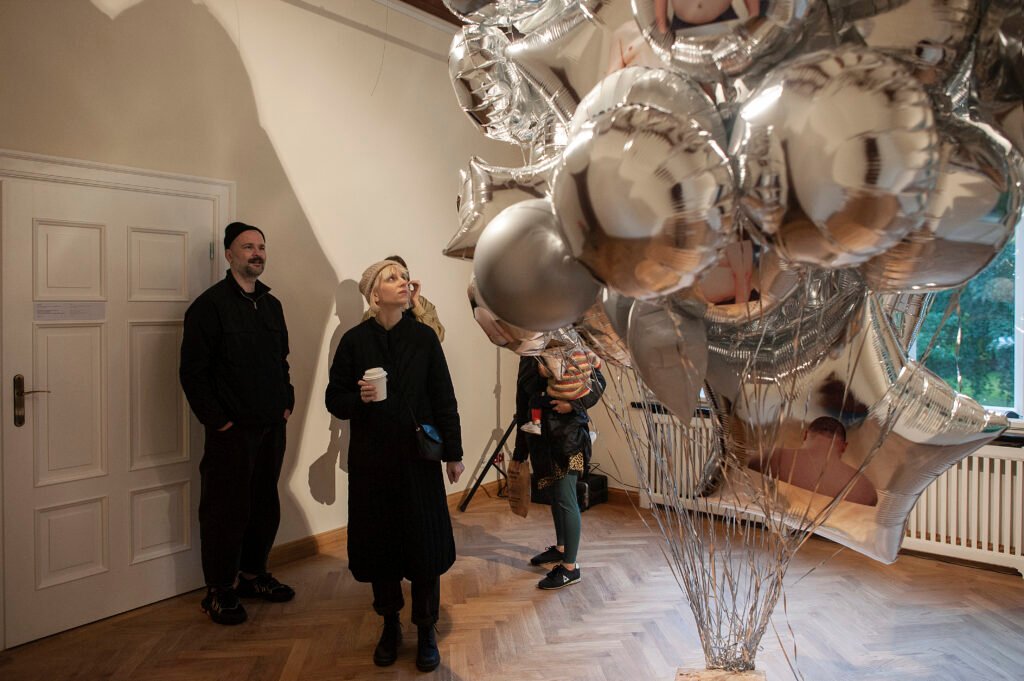
Inne Rytmy: Sopot, exhibition opening, pic. B. Kociumbas / Goyki 3 Art Inkubator 
Inne Rytmy: Sopot, exhibition opening, pic. B. Kociumbas / Goyki 3 Art Inkubator 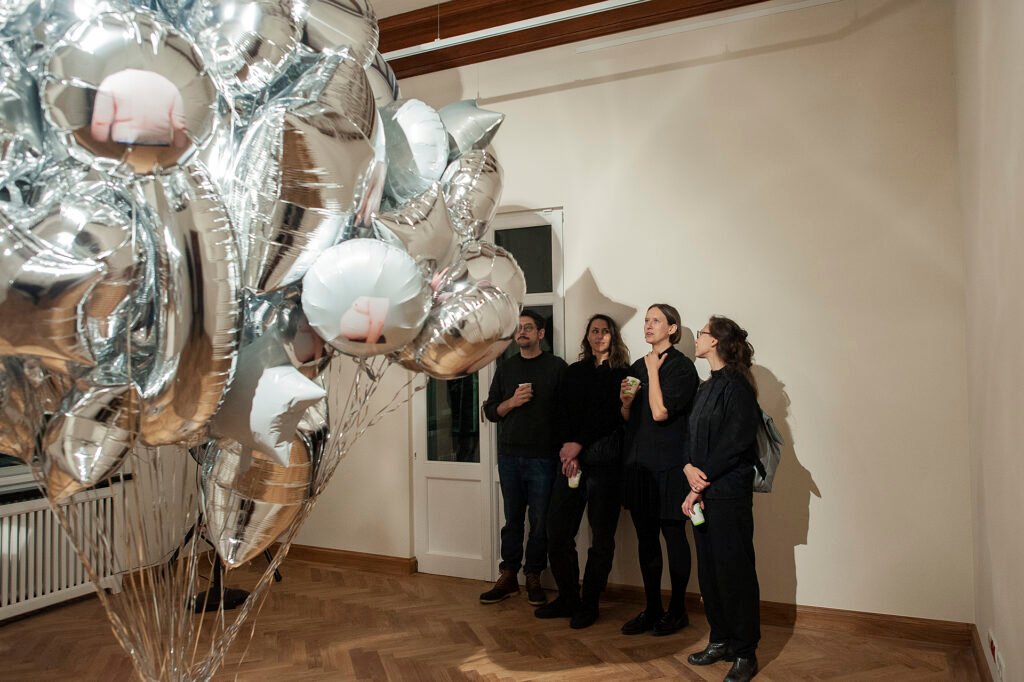
Inne Rytmy: Sopot, exhibition opening, pic. B. Kociumbas / Goyki 3 Art Inkubator 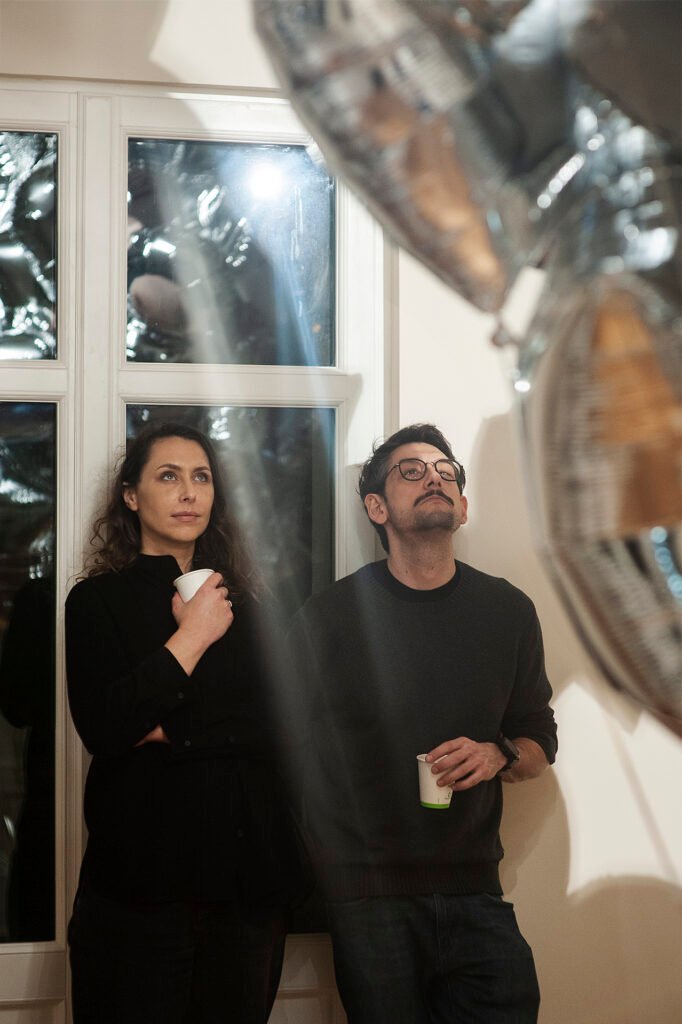
Inne Rytmy: Sopot, exhibition opening, pic. B. Kociumbas / Goyki 3 Art Inkubator 
Inne Rytmy: Sopot, exhibition opening, pic. B. Kociumbas / Goyki 3 Art Inkubator